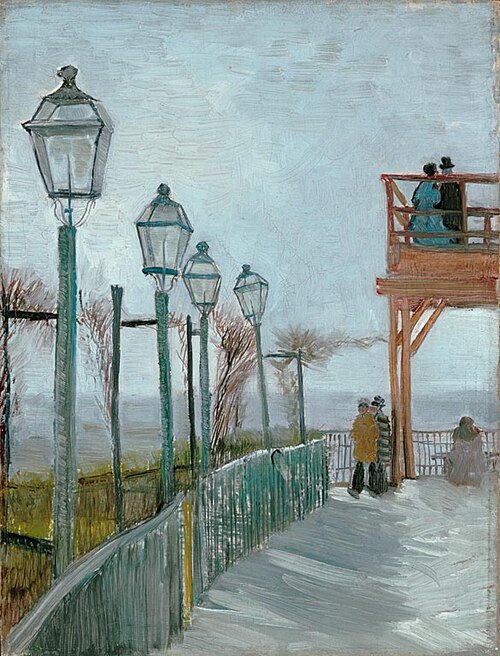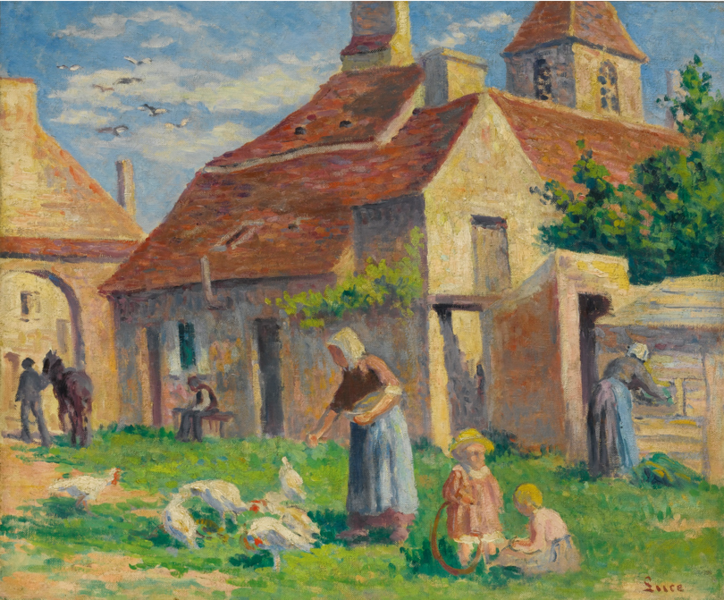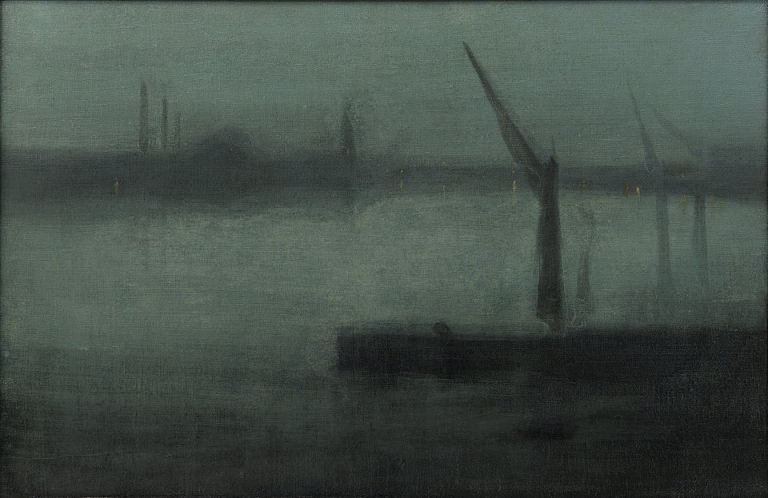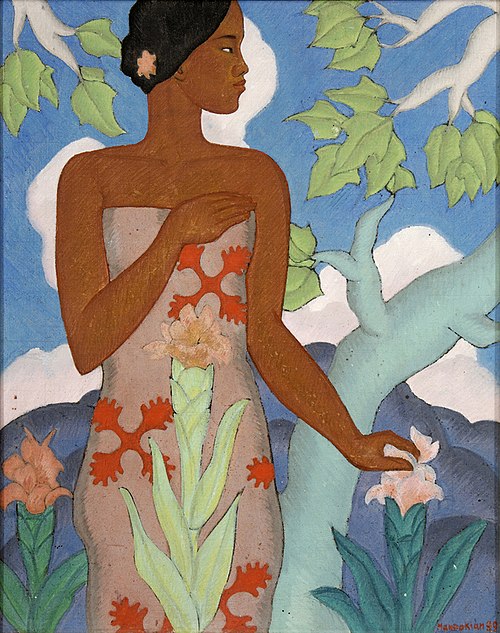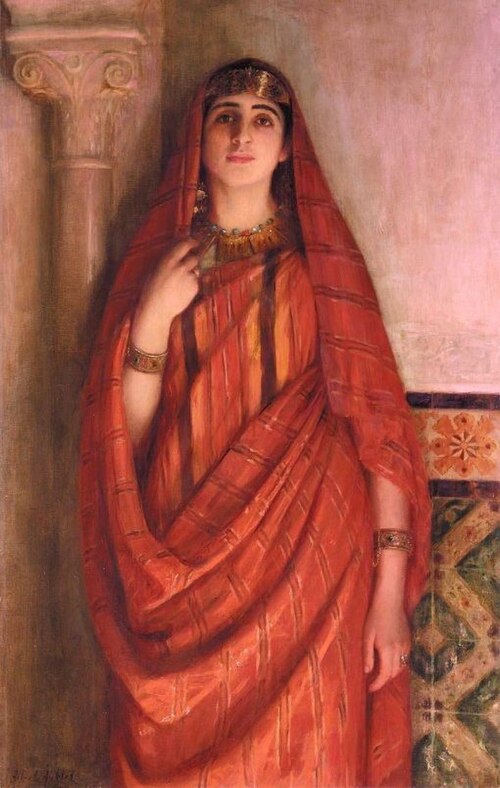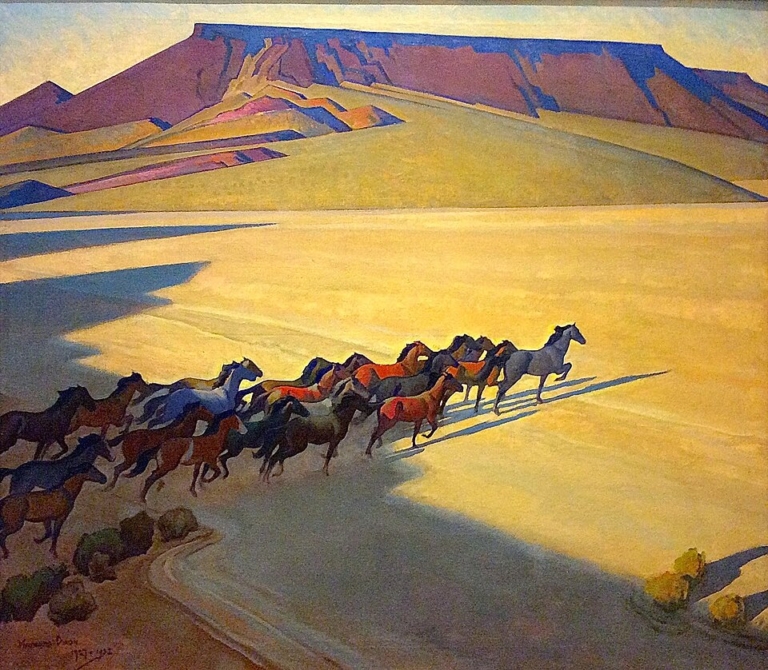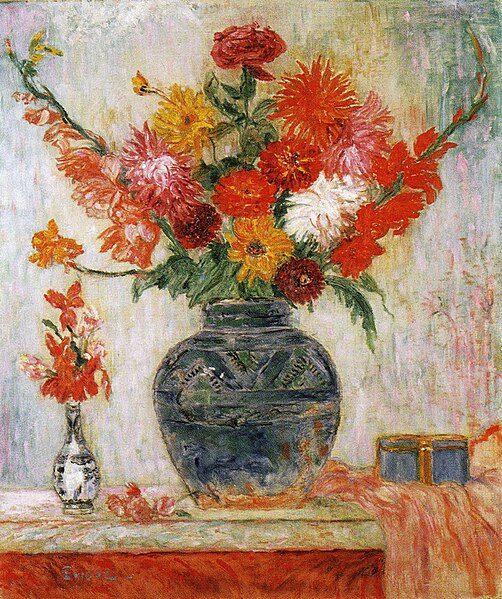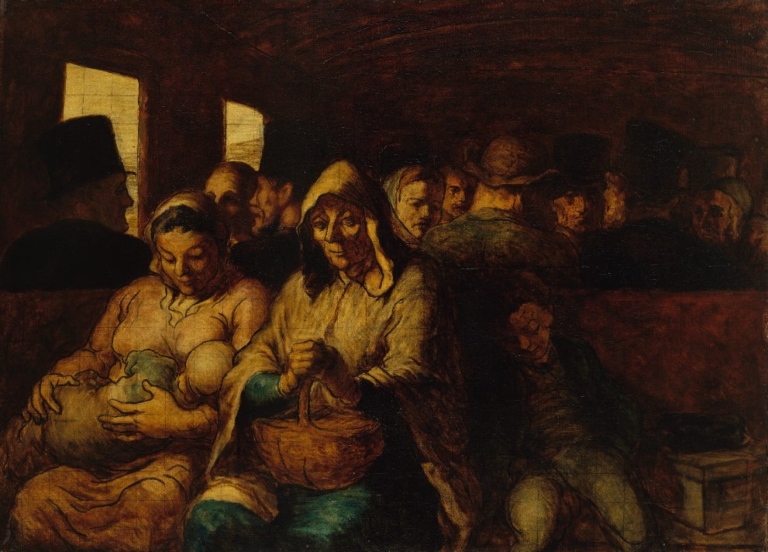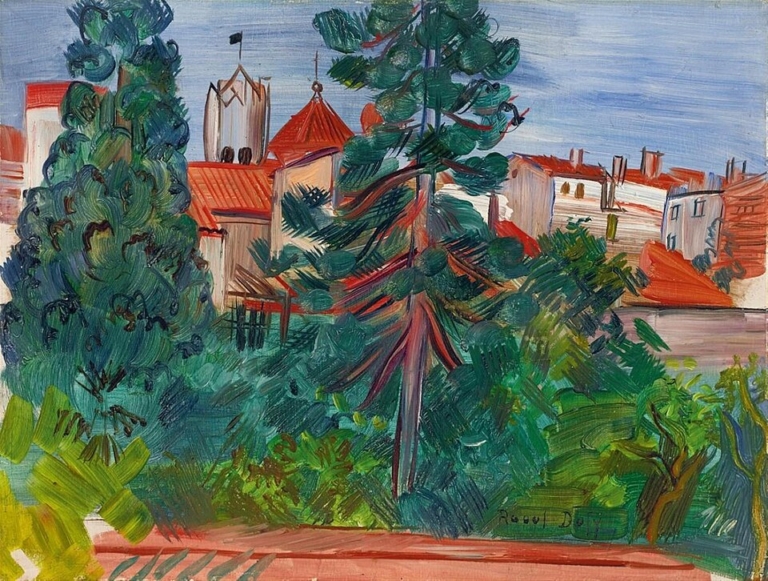
The Village of Céret by Raoul Dufy: An In-Depth Analysis
Explore The Village of Céret by Raoul Dufy, a colorful Fauvist landscape capturing the charm of southern France. This detailed analysis examines Dufy’s bold use of color, fluid brushwork, and decorative composition, revealing the influence of Fauvism, Post-Impressionism, and Céret’s role as a modern art center. Discover how Dufy’s joyful style transforms nature and architecture into a vibrant celebration of early 20th-century modernism.
